Climbing Everest just got harder – and not because of the altitude
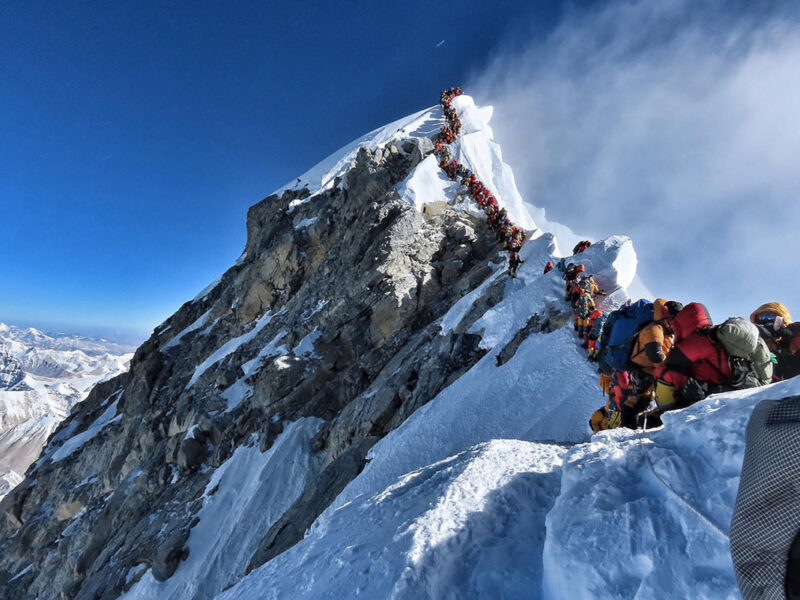
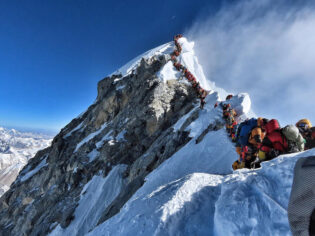
Nepal’s new rules could mark the end of Everest tourism as we know it.
Reaching the top of the world has never been easy – but now, it’s about to get a whole lot harder. Nepal has proposed a raft of new rules that could drastically change who gets to climb Mount Everest, closing the door on inexperienced adventurers and tightening safety across the board.
The long-awaited bill, introduced to parliament in late April, is being framed as a response to years of criticism over Everest’s growing commercialisation and the dangerous overcrowding that’s plagued the mountain’s short climbing season. It aims to raise the bar for access to the world’s highest peak – both literally and figuratively. From who gets a permit to what happens to their bodies if they die on the mountain.
Why now?
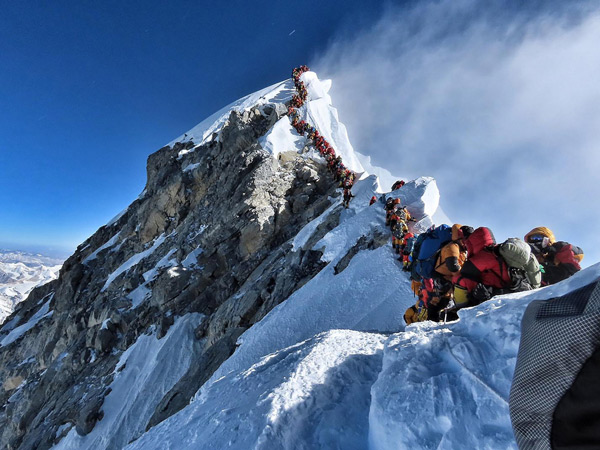
Queues near the summit are a big concern. (Image: Getty Images/Suraj Pokhrel)
In recent years, Everest has seen traffic jams near the summit, shocking images of queues stretching across the Hillary Step, and a troubling rise in deaths. Environmental degradation and a lack of oversight have also led to calls for reform from mountaineers, environmentalists and local Sherpa communities.
This new bill aims to restore discipline, dignity and safety to the climb. And that means saying goodbye to a system where, until now, almost anyone could attempt Everest with the right amount of money and a signed waiver – even if they had no high-altitude experience. But under the proposed rules, that will no longer be enough.
What the new rules say
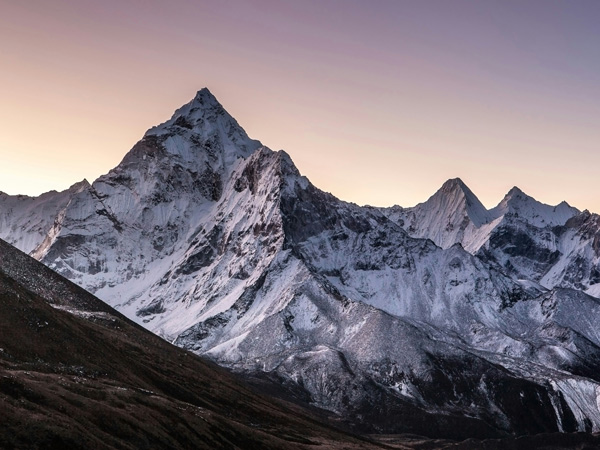
Aspiring climbers will need to successfully summit at least one 7000-metre peak in Nepal before applying. (Image: Eugene Ga)
The biggest proposed change? Aspiring Everest climbers will need to prove they’ve successfully summited at least one 7000-metre peak in Nepal before even applying. This eliminates the possibility of Everest being a first-time high-altitude climb – a trend that’s become more common with the rise of guided commercial expeditions.
Other rule changes zero in on safety, experience and accountability. Solo climbs will be banned entirely, and stricter guide-to-climber ratios will be introduced to improve oversight and support. Even climbers who don’t hire Sherpas will be required to engage a licensed Nepali mountain guide, underlining a new ethos: local expertise is not optional.
Every climber will need to provide a medical certificate from a government-approved institution, issued within 30 days of their expedition, confirming they are physically capable of the extreme demands of the climb.
Search-and-rescue cover will also be mandatory, and in a sobering addition, the government would introduce “dead body management insurance” – a new policy aimed at addressing one of Everest’s most tragic and taboo realities.
The deadly truth about Everest

This new bill aims to restore discipline, dignity and safety to the climb. (Image: Getty Images/Karin Dohmen)
Every year, people die trying to summit Everest. At least 17 climbers lost their lives in the 2023 season alone, the most ever in a single year. And when someone dies in the “death zone” – the area above 8000 metres where the human body begins to shut down – their body is often left behind.
Why? Because retrieval is incredibly dangerous and expensive, costing anywhere from US$20,000 ($30,000) to US$200,000 ($300,000). Porters and Sherpas risk their own lives to carry out these missions, and families are often left without options.
The new insurance requirement would ensure that every climber’s expedition includes coverage for body retrieval for a period of at least three months. It won’t make the process easier, but it could make it more ethical and less financially devastating for families and local rescue teams.
A cleaner, more respectful mountain
The reforms also tackle another long-standing problem: Everest’s growing garbage crisis.
The mountain has become known as “the world’s highest garbage dump,” and for good reason. Decades of climbing have left a trail of discarded oxygen canisters, tents, packaging and human waste strewn across its slopes – much of it frozen into the landscape above the snowline.
Under the new rules, Nepal will scrap the existing US$4000 ($6000) refundable garbage deposit and replace it with a “non-refundable waste management fee”, collected at the time of permit issuance. The money will go into a new fund dedicated to climber welfare and environmental conservation.
A wake-up call for adventure tourism
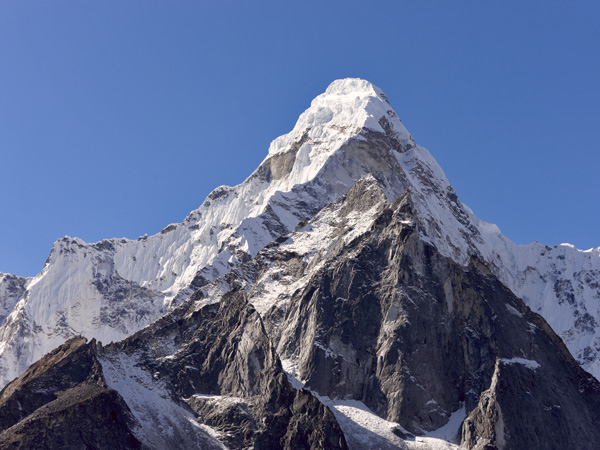
The aim isn’t to stop experienced climbers. (Image: Getty Images/isoft)
This marks one of the most significant shake-ups in Everest’s modern history. The aim isn’t to stop experienced climbers – it’s to deter underprepared tourists who may underestimate the extreme risks of high-altitude mountaineering. It’s also an effort to give greater recognition and protection to the Sherpa communities and Nepali staff who make every summit possible.
Some fear the new rules could impact Nepal’s economy, which relies heavily on climbing tourism. But others argue the long-term benefits – improved safety, environmental protection and respect for the mountain – are worth the short-term shift.
Peak fees
Meanwhile, Everest’s permit fee will rise for the first time in years, from US$11,000 ($17,000) to US$15,000 ($23,000) during peak season (March to May). Climbers must also declare in advance if they’re attempting any kind of record, which officials say will help coordinate logistics and media interest and prevent chaos at the summit.
Permits will also become non-transferable and non-refundable, and in extreme circumstances like natural disasters or war, they’ll remain valid for two years. The aim? To curb black market sales, discourage casual dropouts and ensure that permits are taken seriously.
The bottom line?
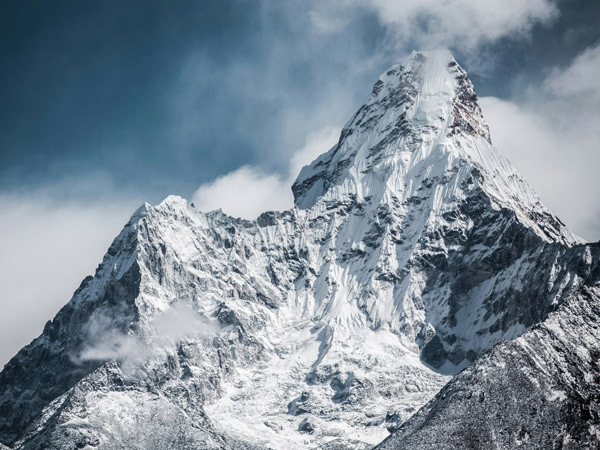
If you don’t meet the requirements, Nepal has other mountains to summit. (Image: Martin Jernberg)
If Everest has been on your bucket list, you’ll now need to prove you’re serious. That means training on other Himalayan peaks, choosing experienced operators and demonstrating that you understand the risks – and the responsibilities – that come with attempting the world’s tallest mountain.
For seasoned climbers, this could mark a long-overdue return to Everest’s roots as the ultimate test of endurance. For bucket-listers with more money than mountain sense, it may signal the end of the road.
All currency conversions were accurate at the time of publishing.














This change is long overdue
Well done, There is enough pollution in our Planet.